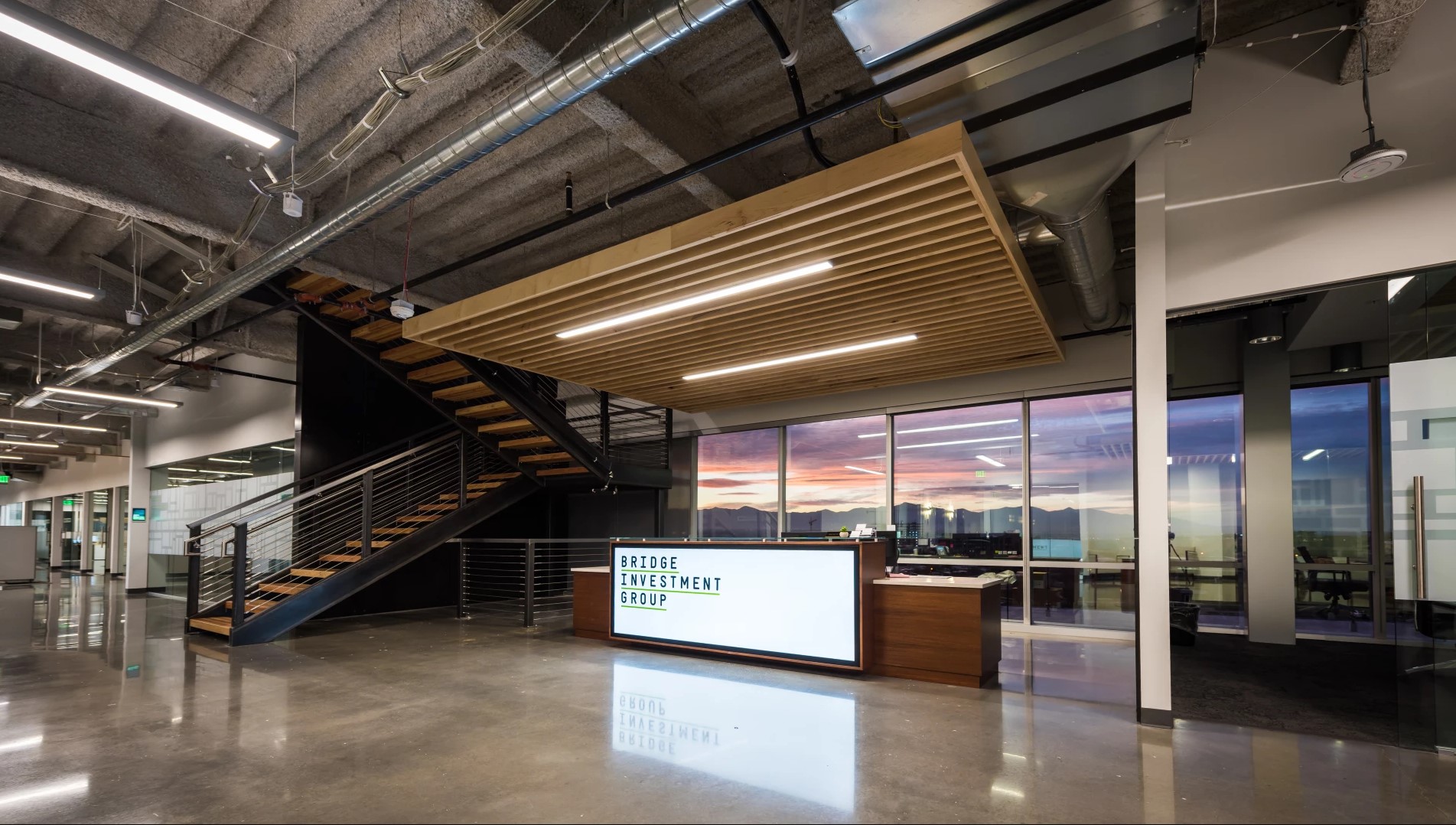This Week’s Developments in the Global Economy
US Labor Market Poised for the Rebound
On the heels of the US election and heading into three consecutive Fed meetings in as many months, the state of the economy and the policy path for interest rates come into greater focus as we look to a transitioning federal government. In many respects, the US economy stands tall on an absolute and relative basis, and many market observers had likely hoped that the latest jobs report would offer clear insights into the economy’s current direction. However, recently resolved labor strikes and hurricane impacts have added considerable noise, obscuring some of the underlying trends. These disruptions contributed to the net monthly change in nonfarm payrolls falling to a mere 12,000 this past month, marking one of the lowest monthly gains since 2011 (apart from a few pandemic-affected months and a brief dip in 2019). Despite October’s modest growth, however, we believe the labor market retains an underlying strength that remains resilient against temporary disturbances and will carry momentum into 2025.
Notwithstanding the challenges of rebuilding and rehousing those displaced by Hurricanes Helene and Milton, we believe the economic rebound will occur quickly. Historical patterns show that the labor market typically recovers swiftly following major hurricanes, limiting longer-term interruptions to the economy. In our view, this pattern of recovery provides a buffer for consumer and demographic-driven commercial real estate (“CRE”) sectors, insulating them from some of the effects and risks of temporary labor market setbacks from natural disasters.
-1.png?width=800&height=482&name=2024%2011%2007%20-%20Initial%20Jobless%20Claims%20and%20Hurricanes%20(line)-1.png)
The Impact of Hurricanes on the Labor Market
Historical data from hurricanes, starting with Hurricane Katrina in 2005, reveal a consistent pattern of labor market disruptions following major storms. In the immediate aftermath of these events, initial jobless claims often tend to rise as displaced workers file for unemployment. Job growth also typically slows, with monthly net gains in nonfarm payrolls falling below the annual average during the month the hurricane strikes. This trend persisted with recent hurricanes as Hurricanes Helene and Milton impacted Florida, Georgia, North Carolina, South Carolina, Virginia, and Tennessee. In the week following Hurricane Helene, initial jobless claims reached their highest level since mid-2023 as many workers were likely temporarily removed from payrolls. Last month also recorded the highest number of workers unable to work due to severe weather for the month of October since tracking began in 1976, with over half a million workers affected.
While major hurricanes can heavily disrupt local labor markets, the quick rebound observed in headline labor market figures in most cases suggests the impacts are likely to have minimal negative spillover effects on the broader economy. Over the past 15 years, labor market data show that nonfarm payrolls following significant hurricanes generally bounce back and approach, or even exceed, the annual average growth rate within approximately two months. The rapid rebound in employment levels offers stability for consumer-driven CRE sectors, in our view, sustaining demand and limiting the impacts of temporary labor market slowdowns caused by natural disasters.
.png?width=800&height=482&name=2024%2011%2007%20-%20Work%20Attendance%20and%20Weather%20(Oct).png)
The Labor Market Remains Resilient
Despite cloudy headline jobs data, we view the labor market as fundamentally stable. While October’s net change in nonfarm payrolls dipped below both the post-GFC and 2024 monthly average, the unemployment rate held steady at 4.1%. Crucially important, the prime-age (ages 25-54) labor force participation rate (“LFPR”) remains close to historic highs, reflecting strong workforce engagement. Wage growth also remains solid, with September figures from the Atlanta Fed exceeding post-GFC levels, standing 200 basis points above the average rate of 2.7%. Additionally, labor market tightness is moderating, with 0.9 unemployed persons per job opening, suggesting a healthier balance between labor supply and demand.
While there may still be signs of a slight cooling in the labor market, we believe the range of robust indicators points to its underlying health and resilience. These labor market dynamics also underpin demand across various CRE segments, particularly those tied to consumer spending and demographic trends, like logistics, retail, and multifamily. This resilience not only bolsters current economic conditions but also sets a solid foundation for ongoing demand in these sectors as we move forward.



